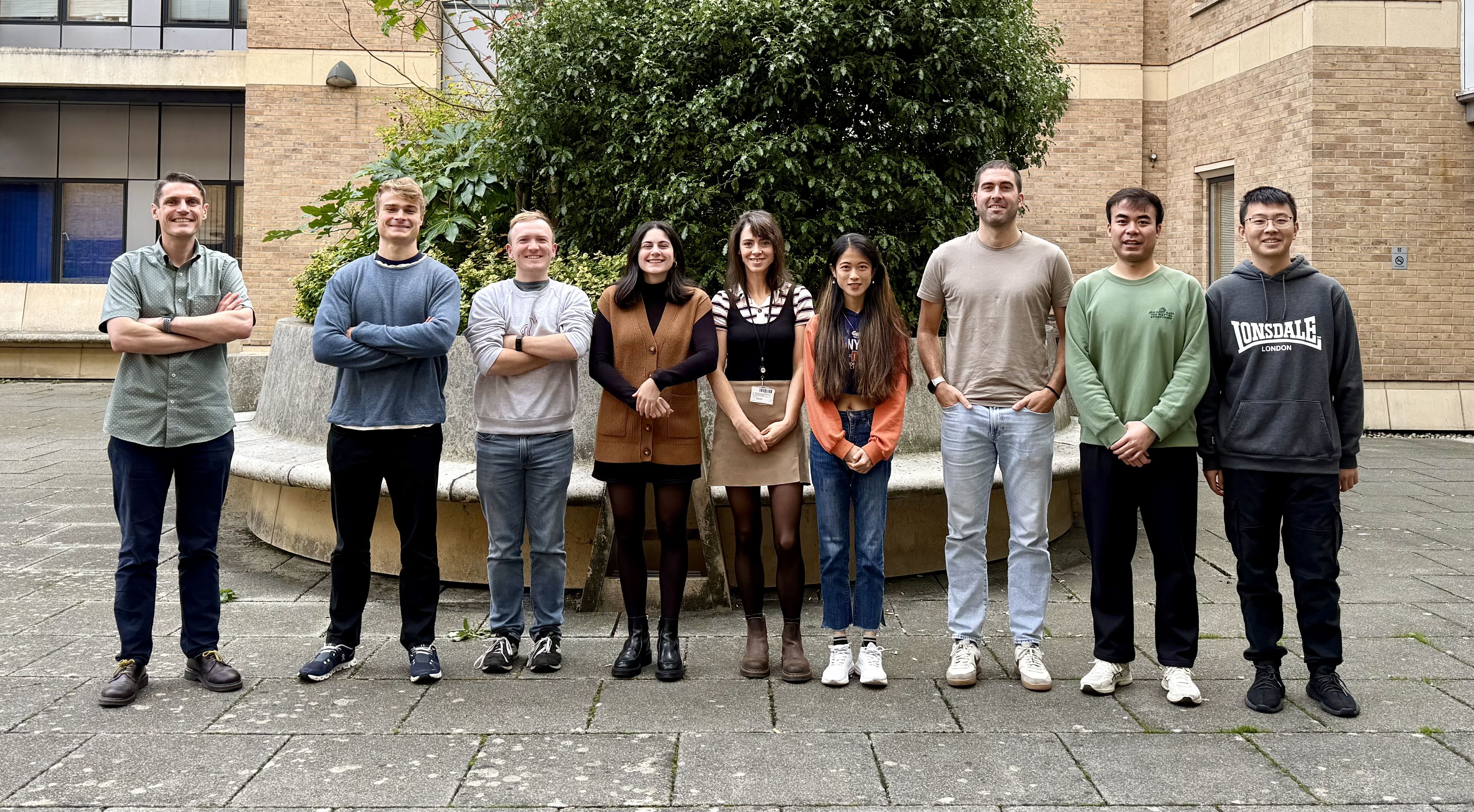Cell-cell interactions
Chronic pain affects 30-40% of adults, drug inefficacy and side effects causing many individuals to experience poor pain management. Pain requires activation of sensory neurons tuned to noxious stimuli, nociceptors, but they do not exist in a vacuum, rather interacting with other cell types and mediators they release. Fibroblast-like synoviocytes (FLS) are cells that line synovial joints and are implicated in joint pain conditions. Work from the Smith Lab shows that FLS can be activated by acidosis (as commonly occurs in inflammatory conditions) and proinflammatory cytokines to release mediators that in turn sensitise neuronal activity to drive pain behaviours. Inhibiting such cell-cell interactions could result in fewer problematic side effects compared to direct inhibition of neuronal activity. In other work, mesenchymal stem cells (MSCs) have been used to alleviate osteoarthritis (OA) pain in humans, but the mechanisms involved are unknown. Using mouse models of OA and electrophysiology, the Smith Lab determined that MSC extracellular vesicles counteract neuronal sensitisation to alleviate pain, on-going work aims to identify the key molecules involved in this analgesic process.
Gene therapy
Current analgesics are often associated with side effects due to systemic modulation of the nervous system, e.g. opioids are addictive due to their activity in the brain. Using adeno-associated viruses to deliver modified versions of receptors that are no longer activated by endogenous substances directly to knee-innervating neurons, the Smith Lab has shown that activation of these receptors with exogenous compounds alleviates inflammatory joint pain coupled with inhibition of neuronal hyperexcitability. Such a gene therapy approach could be exploited to provide localised pain relief.
Visceral pain and naked mole-rats
The Smith Lab are part of the Advanced Pain Development Platform ADVANTAGE visceral pain consortium, a multi-centre basic science and clinical collaboration aiming to provide new insights into pain arising from conditions affecting internal organs, such as inflammatory bowel disease. Phenotyping and genotyping of patients presenting with the same condition, but different pain phenotypes could lead to identification of novel gene variants that regulate pain, which the Smith Lab will mechanistically investigate in mice. One organism of particular interest is the naked mole-rat, which exhibits healthy ageing across a 40-year life span. Displaying cancer resistance and lack of neurodegeneration, naked mole-rats also show diminished pain sensitivity and resistance to colitis, comparative study with mouse and human could provide novel insights into disease pathogenesis and pain susceptibility.
More information about the Smith groups' research is available on their group page.

